Fueling Strategies for Endurance Athletes: Smart Energy for Every Mile
Chosen theme: Fueling Strategies for Endurance Athletes. Welcome to a home base for runners, cyclists, triathletes, and adventure addicts who want energy that lasts, guts that cooperate, and performance that feels purposeful. Subscribe, share your questions, and fuel smarter with us.
Understanding Energy Demands Across Endurance Sports
Endurance efforts rely mostly on aerobic metabolism, with anaerobic bursts for surges, hills, or sprints. That mix dictates your fuel timing, carb needs, and pacing. Share a recent workout, and we’ll help map its energy profile together.
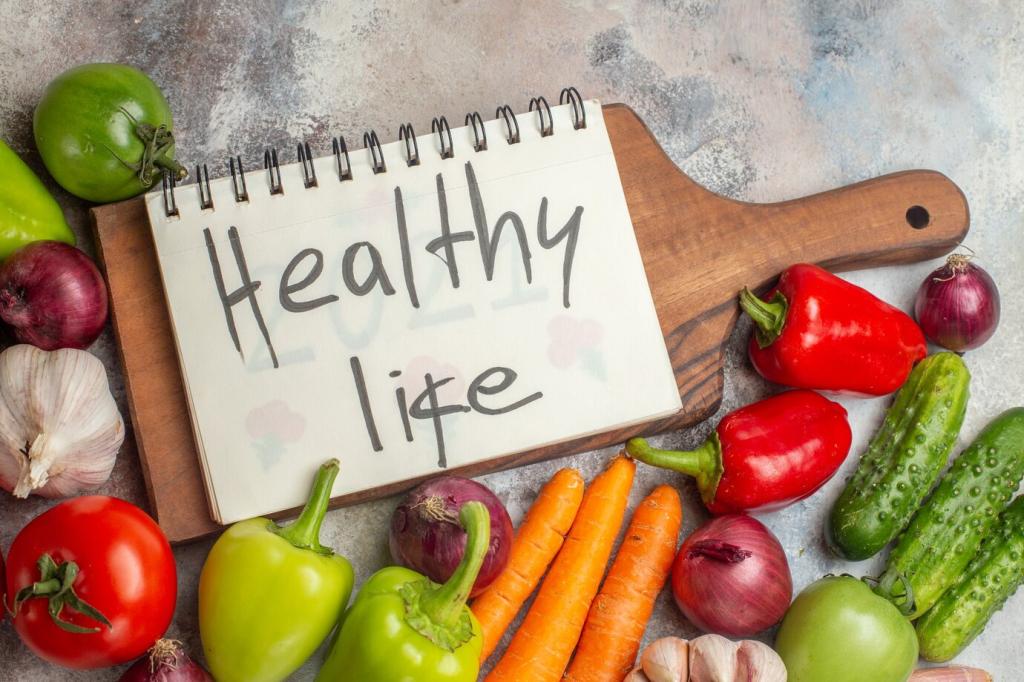
Fuel for the Work Required
Big days deserve bigger carbs; easy days need less. Anchoring intake to session purpose preserves glycogen for key workouts. One marathoner in our community cut bonks by half after color-coding “high,” “moderate,” and “low” carb days.
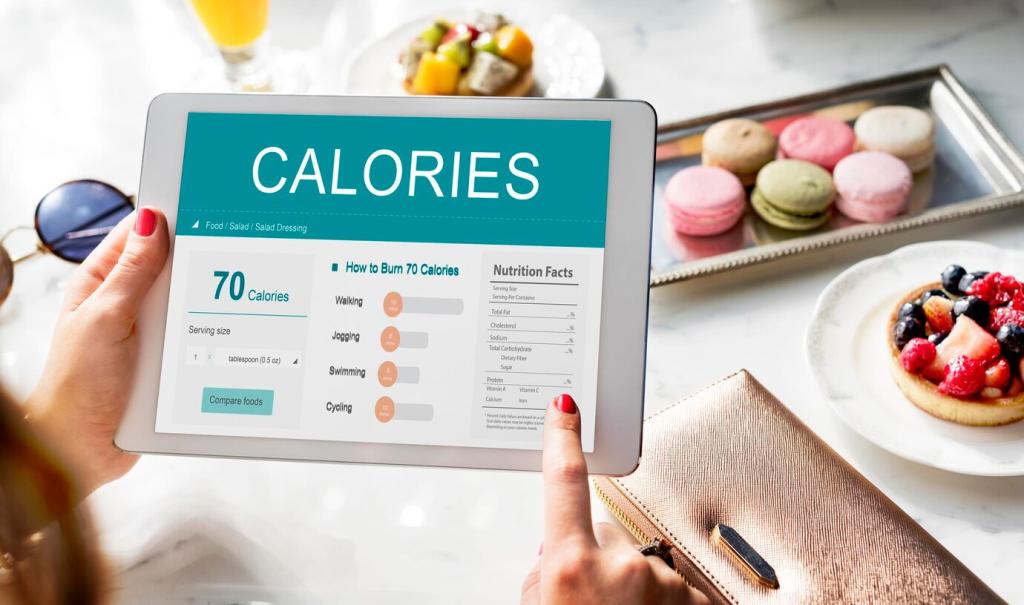
Low-Glycogen Sessions: Use Sparingly and Intentionally
Occasional low-glycogen training can enhance fat oxidation, but poorly timed sessions sabotage quality work and recovery. Reserve them for easy aerobic efforts, not intervals. Comment if you’ve tried them, and we’ll evaluate timing and frequency.
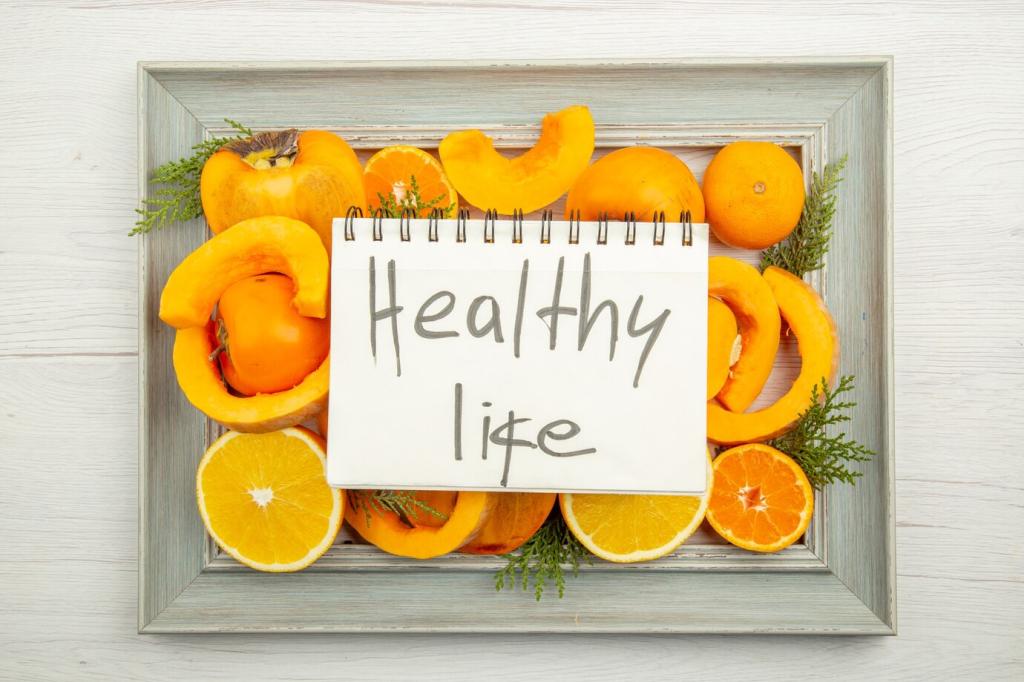
Macros Across Phases: Base, Build, and Peak
During base, emphasize consistency and gut-friendly foods. In build, increase carbs around key sessions. Peak phases demand precision and race-specific practice. Share your target race date and we’ll sketch a simple, phase-aligned fueling emphasis.
Pre-, During-, and Post-Workout Fueling Windows
Choose easy-to-digest carbs, modest protein, minimal fat, and familiar foods. A banana with honey, a small rice cake, or a light bagel works well. Nervous stomach? Sip a carb drink instead and report how it sits.

Pre-, During-, and Post-Workout Fueling Windows
Aim roughly 30–60 g/hour for sessions up to two hours; 60–90 g/hour for longer, using glucose plus fructose. Elite athletes sometimes push higher with serious gut training. Track grams per hour and share your comfort range.
Hydration, Electrolytes, and Hot-Weather Smarts
Sweat Rate Testing: Simple, Home-Based, Actionable
Weigh before and after a steady session, track fluids consumed, and note conditions. The difference estimates sweat rate. Repeat a few times to confirm. Share your results, and we’ll translate them into bottle and sip frequency.
Sodium Targets: Replace, Don’t Chase Cravings
Many athletes land between 300–800 mg sodium per liter; salty sweaters may need 800–1200 mg. Choose products that match your rate. If you cramp often, comment with details—we’ll troubleshoot beyond the sodium myth.
Heat Acclimation: Train the Body, Not Just the Watch
Gradual exposure, cooler drink temperatures, and pre-cooling strategies stabilize pace. One cyclist dropped late-ride fade by slushies and precise sodium. Tell us your hottest race, and we’ll craft a practical heat checklist.
Gut Training and Race-Day Tolerance
Progressive Carbs: Teach Absorption Like You Train Legs
Start low, go slow, and increase grams per hour weekly. Keep flavors, temperature, and timing consistent with race plans. Maya, a first-time ultrarunner, eliminated mid-race slosh simply by steady practice during long runs.
Multiple Transportable Carbs: Glucose + Fructose Advantage
Pairing glucose and fructose taps different transporters, allowing higher intakes with better comfort. Check labels for mixes like maltodextrin plus fructose. Share what’s available locally, and we’ll suggest combinations and pacing.
Troubleshooting GI Issues: From Stitch to Slosh
Common culprits include over-concentrated mixes, big pre-race fiber, or under-hydration with high-carb drinks. Adjust concentration, timing, and sips. Describe your last GI hiccup in detail, and we’ll propose a simple test protocol.
Real Foods, Gels, and Practical Choices
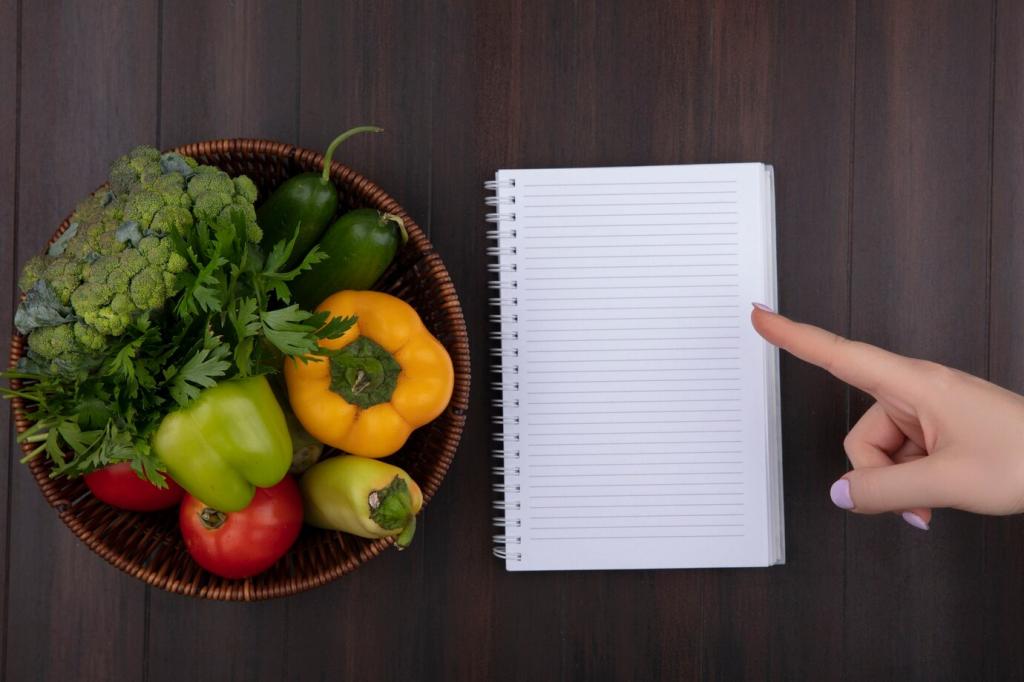
Portable Real-Food Wins for Long Days
Rice cakes, soft pretzels, mashed potato packets, and date bites deliver steady carbs with friendly textures. Rotate salty and sweet to avoid flavor fatigue. Share a recipe you love, and we’ll calculate portions per hour.
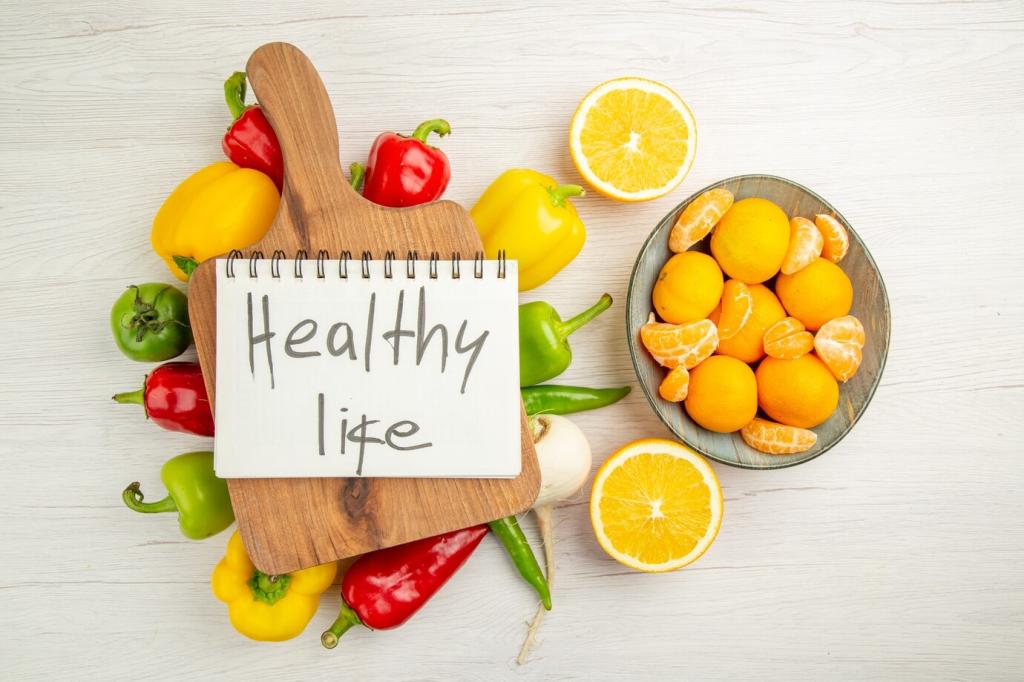
Label Literacy: Know What You’re Swallowing
Scan for carb sources, sodium, and osmolality guidance. Maltodextrin plus fructose supports higher intake; single-source glucose may cap absorption. Post two labels you’re considering, and we’ll compare pros and cons for your sessions.
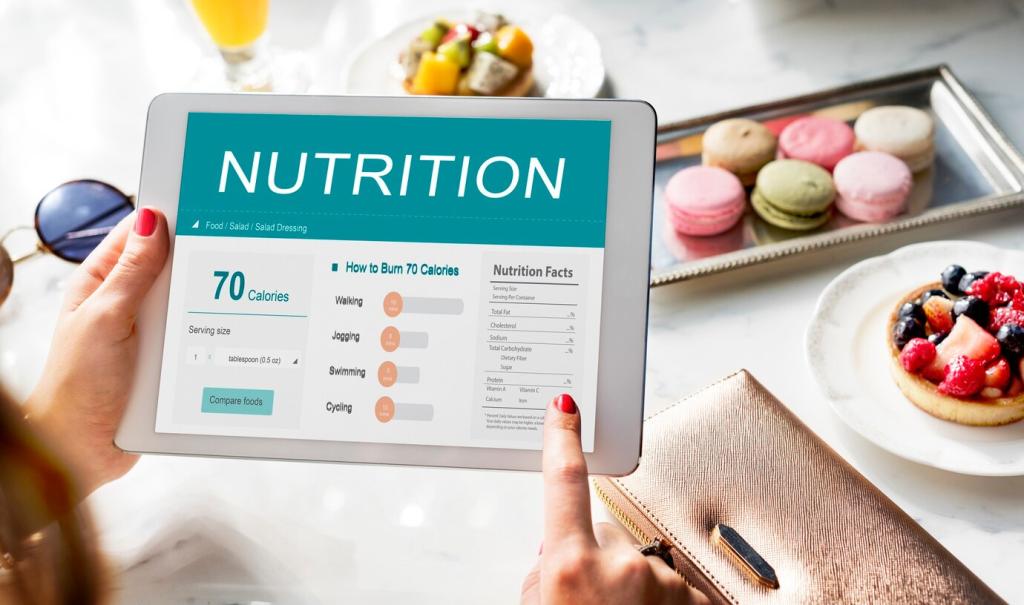
Budget and Sustainability: Fuel Without Waste
Mix your own drink with maltodextrin, fructose, and electrolytes; batch-cook rice bars; reuse soft flasks. Track cost per hour and performance. Tell us your monthly limit, and we’ll design a wallet-friendly fueling toolkit.
